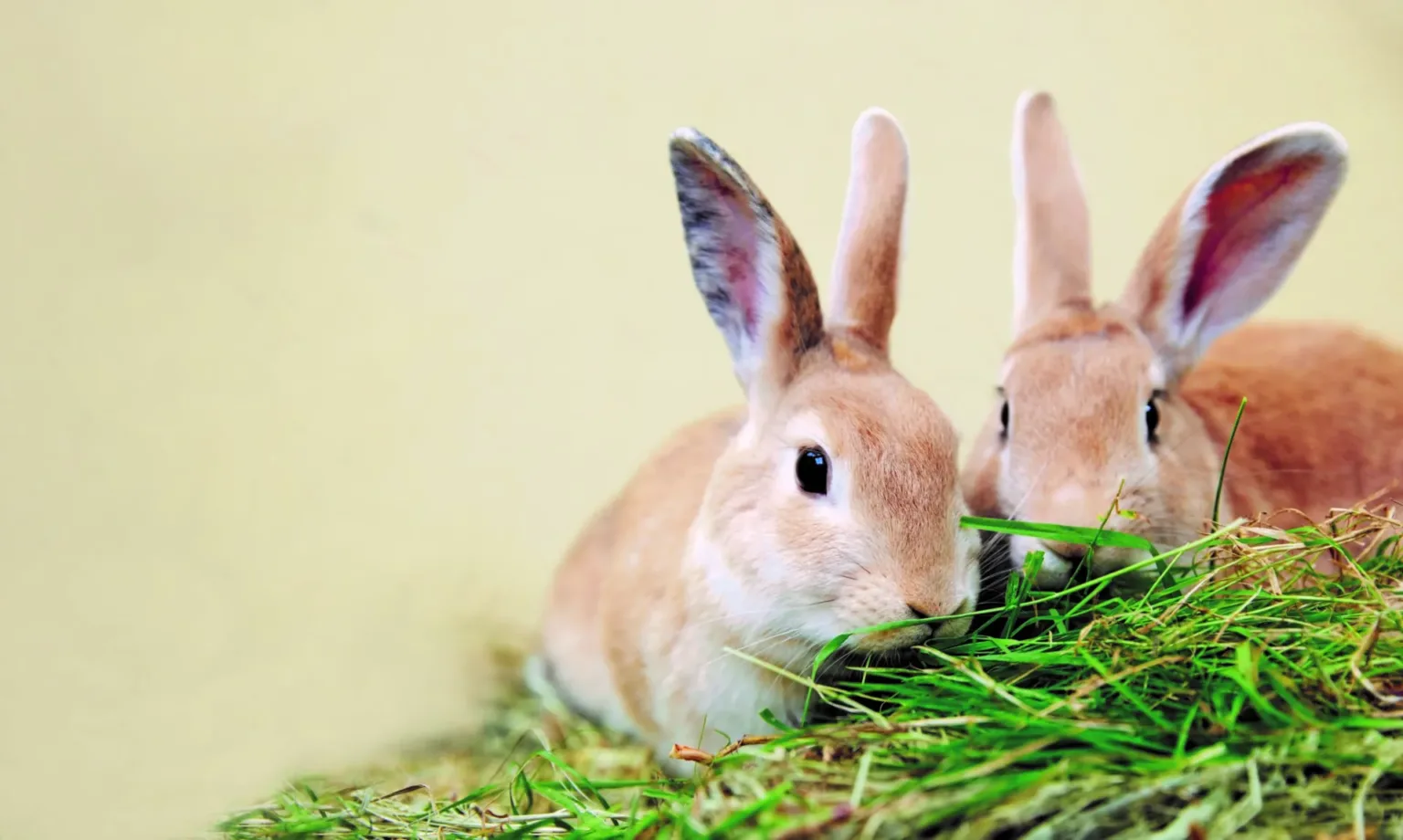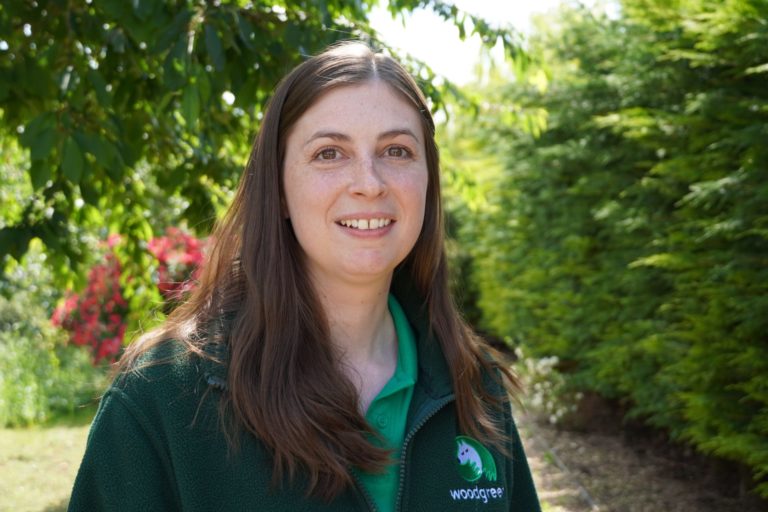When it comes to pets, we've all got questions
Ever feel like your pet is from another planet?

We’re part of the coalition of experts behind Rabbit Awareness Week, an annual rabbit welfare campaign which aims to improve the lives of pet rabbits. Here are some common questions around the theme ‘creating a great environment for our long-eared friends’.

Woodgreen’s small pet behaviour and training specialist, Sam, certainly knows a thing or two about rabbits! Here she explains how to keep them happy and healthy.
We’re part of the coalition of experts behind Rabbit Awareness Week, an annual rabbit welfare campaign which aims to improve the lives of pet rabbits. Here are some common questions around the theme ‘creating a great environment for our long-eared friends’.
Rabbits need enough space to jump, binky (the adorable leap and twist they do when they’re happy), explore their surroundings, stretch up to their full height (or full length when laying down) and forage for food. The more room, the better! Rabbits don’t like being picked up and cuddled, so having a large enclosure means you can sit with your rabbits and enjoy their company. They will enjoy yours too as they hop over to say hello.
Outdoor pet rabbits should have access to a secure, predator-proof enclosure that measures at least three metres by two metres and one metre in height. A hutch or converted shed attached to a run works really well. Rabbits are crepuscular, which means they’re most active at dawn and dusk, so it’s important they have 24-hour access to their whole space.
Indoor rabbits need just as much space, for example in a converted bunny-proofed room. It should have natural light and a steady, comfortable temperature, with a baby gate so they can see out. Slippery floors can be dangerous, so lay carpets or rugs to keep your rabbits safe. Be prepared for lots of chewing, droppings and urine stains on flooring!
Rabbits like to graze, dig, jump, hide and gnaw. These natural behaviours should be encouraged, so make sure you provide lots of hay and/or grass around their enclosure. It’s also worth having a few filled litter trays because rabbits tend to eat and go to the toilet at the same time. You can also fill litter trays or shallow cardboard boxes with play sand or organic soil so your rabbit can dig. It’s really enjoyable to watch!
Sturdy items like old furniture or children’s plastic chairs are great for them to jump on – just pop a blanket or towel on the top to provide some grip. As a prey species, rabbits need lots of places to hide, like open cat carriers and large cardboard boxes with rabbit-sized holes cut into them. Rabbits also have to chew to keep their teeth in good condition, so we recommend safe wood like apple or willow tree branches.
If you’ve realised that your rabbit housing is too small, don’t despair! It can be quite pricey to completely replace what you already have, so consider extending their outdoor space by building or attaching a secure wooden-framed run to their existing enclosure. If you fancy a project, you could try converting a wooden shed or Wendy house, if you have one. You can then provide access to an outdoor run through a hole, or a secure tubing system if there isn’t room to have them side-by-side.
Rabbits are a very social species who live in groups in the wild, which helps them to feel safe. Even at home, rabbits should always live with at least one rabbit companion. The best pairing is a neutered male and neutered female, although same-sex sibling pairs can work if they’re neutered early to prevent fighting – ideally between three and six months of age.
If you have a single rabbit and would like to find them a companion, introducing them to other rabbits can be tricky. Just like humans, it can take bunnies a few tries to find their soulmate! At Woodgreen, we have a mixing service to find your rabbit’s perfect match, or we can offer advice on mixing at home.
For trusted advice about all aspects of pet care, visit our pet advice page or contact the team at Woodgreen for free support.
To find out more about Rabbit Awareness Week, please visit their website and register for your free pack reminder!